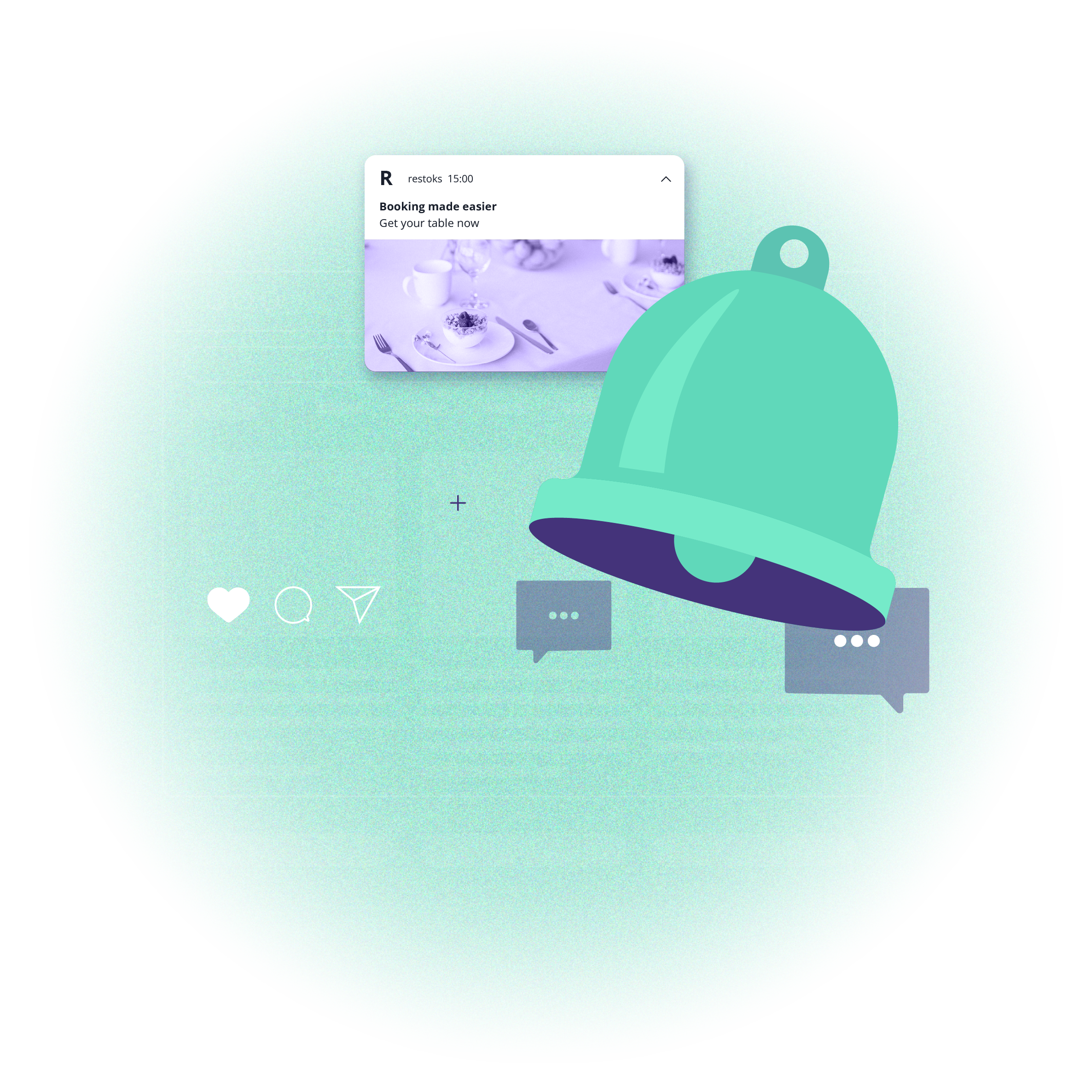Staying informed during 2024 US Election Day - what did we learn?
 Aleksandra Kozioł
Aleksandra Kozioł © liveslow from Getty Images via Canva Pro
© liveslow from Getty Images via Canva ProThe 2024 US Presidential Election in the USA captivated the world. Although you had to be a US citizen to vote, the implications of the choice will influence people around the globe. As the state results poured in, publishers kept their readers and watchers in the loop.
Given the unprecedented reliance on online sources, there are some important lessons to be learned from the event.
How do we consume news media in 2024?
As much research has proven, we live in a difficult time for news publishers. The rise of fake news, information fatigue, and shifting media consumption patterns, especially in younger generations, are among many concerns of publishers and editors. Reuters Institute published the annual “Digital News Report 2024”, stating the following issues shaping the media landscape.
Social networks replaced traditional websites and channels as the primary news sources - and there’s a shift in user preferences, with more “traditional” platforms like Facebook and X (formerly Twitter) losing to TikTok and Instagram.
Short-form videos are consumed more frequently than text. Younger users are used to this short, dynamic form of content due to its proliferability on their preferred social media platforms.
Both editors and recipients of news struggle to distinguish between fake and real information.
AI and machine learning spells both trouble and hope for the future of journalism and news dissemination.
The fragmentation of the news industry means that more and more users turn to independent think pieces and podcasters instead of established news brands.

As the 2024 US Presidential Elections approached, there were major concerns about the fairness and reliability of information available to the voters (and the general public worldwide). Fake news featuring immigrants eating house pets, mismanagement of disaster relief funds and fabricated “proofs” of candidates’ misconduct were available for everyone to see. At the same time, trust in news journalists was reaching an all-time low.
2024 presidential elections - where do we get news?
Now, as the dust has settled, we can take a look and see how news publishers fared during Election Day.
When we’re talking about the main news sources in the days leading up to the election, we can see a visible divide between generations of news users. According to the online survey was conducted as part of the Civic Health and Institutions Project:
The two most popular sources of information about politics are “friends and family” (29%) and “news media” (26%).
We can see a big rift between generations with younger users favoring personal networks and older generations choosing traditional media.
The difference is also visible when the political affiliations of respondents are taken into account, with Democrats leaning more toward traditional news media and Republicans favoring other sources of information.

What happened on the 4th of November?
As we’ve overseen the performance of web and mobile push notifications for our clients in the publishing business, some interesting patterns have emerged. The outcomes should be considered when news outlets plan their next moves and long-term strategies.
The proliferation of mobile news
Both web and mobile push experienced traffic bumps during the vote count. The amount of interest gathered by outlets with mobile applications was far more significant.
Smartphone applications installed on users’ devices are a straightforward way of building user loyalty and ensuring they get the latest information directly and in real time. As the Guardian stated in a recent article, BBC News uses mobile push notifications to such an extent, that they’ve become a 21st-century equivalent of newspapers’ front page.

Source: PushPushGo analytical data
The day was (relatively) calm
The first thing worth noticing is that many major news outlets made a wrong call in the days leading to the vote. They’d predicted that candidates would go head-to-head and the winner would be chosen by a small margin. The results were far from equal, with one candidate securing victories in the major states early in the reporting circle. Since these vote counts were not contested, the whole voting process can be called a tad uneventful.

Source: Digibump
This is why Digibump pointed out that the news publishers didn’t see the traffic bump they expected after the 2020 elections. As the results poured in, there was far less anxiety and uncertainty to report on.
There’s still room for improvement
News fatigue remains an issue. The days after the election were calm, compared to the period after the previous campaign in 2020. Still, important decisions were made, as the president-elect was picking the new members of his cabinet.

Source: PushPushGo analytical data on mobile push performance
The world is changing - but, as mentioned before, in the publishing world it’s business as usual with push CTRs returning to stable numbers. One might notice that publishers could have better used the exposure they got during the big day. Maybe there’s more to be done - especially in terms of bringing the younger audiences into the fold.

Content Specialist @PushPushGo
Editor and writer. She is interested in media and new technologies.
Try PushPushGo to engage and connect with your audience.
Create an account and start testing!





